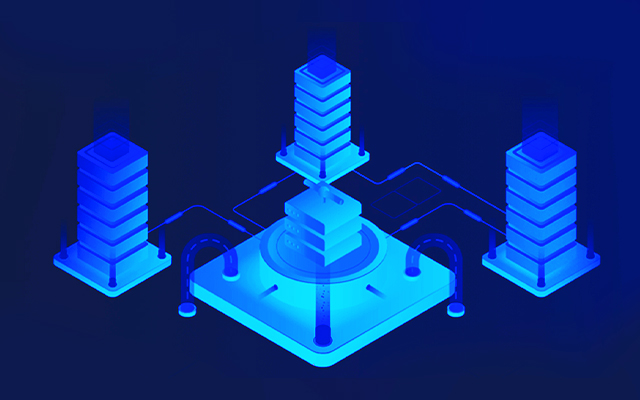This article explains how to import CSV files from Object Storage Service (OSS) into PolarDB for MySQL using foreign tables.

Discover the latest database product updates for May 2025 in our informative infographic!
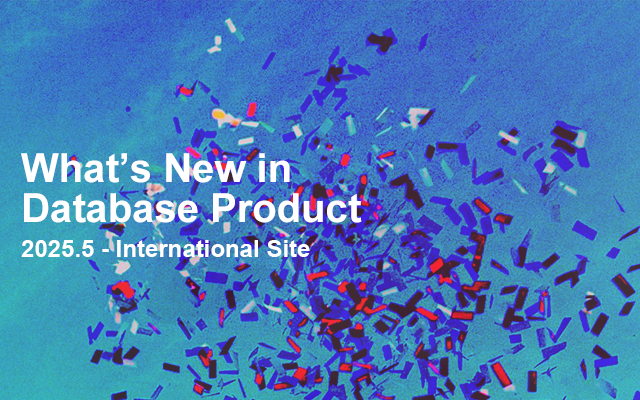
This article introduces the new AutoIndex feature in PolarDB for MySQL that automates the creation of column indexes to improve query performance for complex queries in OLAP scenarios.

Discover the latest database product updates for April 2025 in our informative infographic!
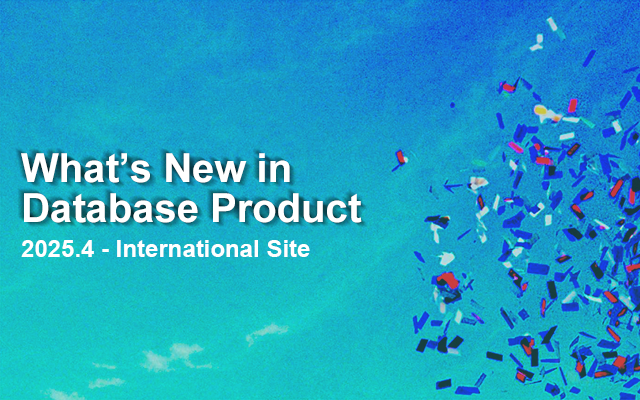
This article delves into the high availability architecture and smooth switchover capabilities of PolarDB, which helped it achieve top results in the TPC-C benchmark test.

This article explores the technical strategies behind PolarDB’s success in topping the TPC-C benchmark, focusing on cost optimization through hardware and software collaboration.

The article introduces PolarDB for MySQL's new ability to support quick DDL changes for cold data archiving, facilitating more efficient management and separation of cold and hot data.

Discover the latest database product updates for March 2025 in our informative infographic!

This article introduces PolarDB's achievement of setting a new world record for TPC-C performance and cost-effectiveness, highlighting its standalone performance optimization techniques.

This article highlights PolarDB's record-setting performance and cost-effectiveness in the TPC-C benchmark, and introduces its limitless clusters and distributed scaling capabilities.

Flink CDC enables real-time data integration with low latency, fault tolerance, and support for multiple databases, simplifying modern data workflows.
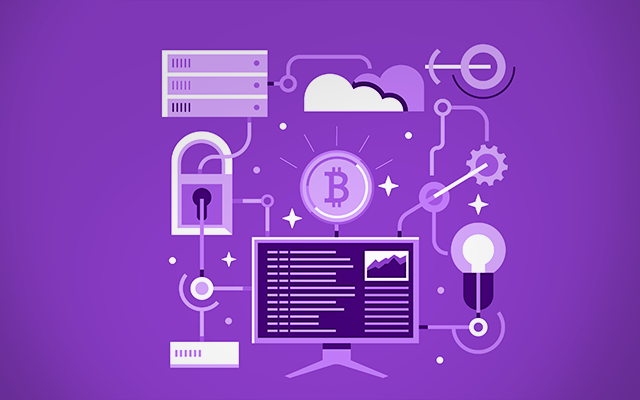
This article describes how to use Navicat Premium to migrate SQLite databases to PolarDB for MySQL.

Discover the latest database product updates for July 2024 in our informative infographic!

This article introduces PolarDB-X, X-DB, and PolarDB, and discusses their relationships and capabilities in terms of disaster recovery, horizontal scaling, and cloud-native features.

This comprehensive guide describes how to test the elasticity of PolarDB Serverless.

This article explains the key technology of subquery unnesting in In-memory column index (IMCI).

This article introduces how to use Object Storage Service (OSS) foreign tables to import CSV files to PolarDB for MySQL.
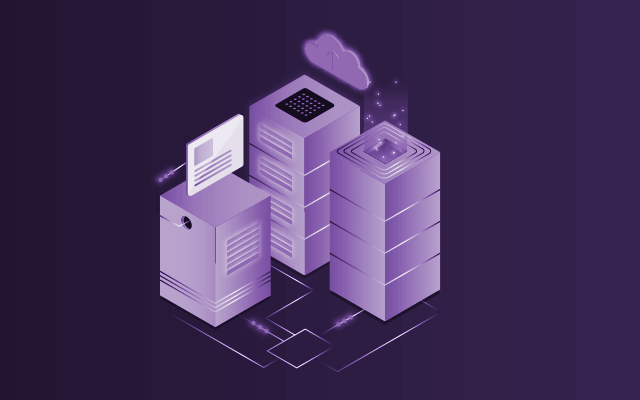
Trong bối cảnh thị trường Việt Nam ngày càng cạnh tranh, Alibaba Cloud Database đã chứng minh là một lựa chọn mạnh mẽ cho các doanh nghiệp muốn tối ưu.
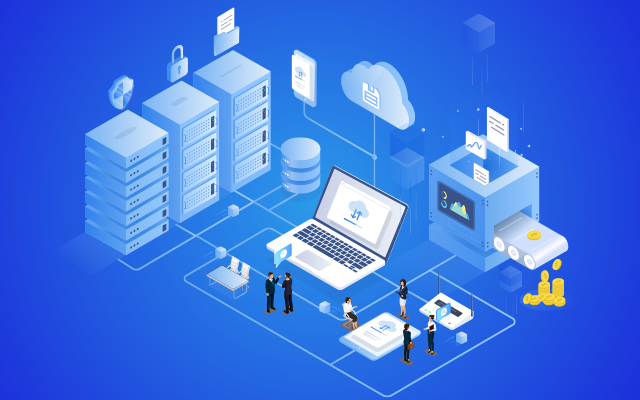
This article provides a detailed overview of the evolution of PolarDB for MySQL from its initial development to its current state.

The article introduces a paper written by the Alibaba Cloud ApsaraDB team. It discusses PolarDB-SCC, a cloud-native database with a globally strongly consistent primary-secondary architecture.
